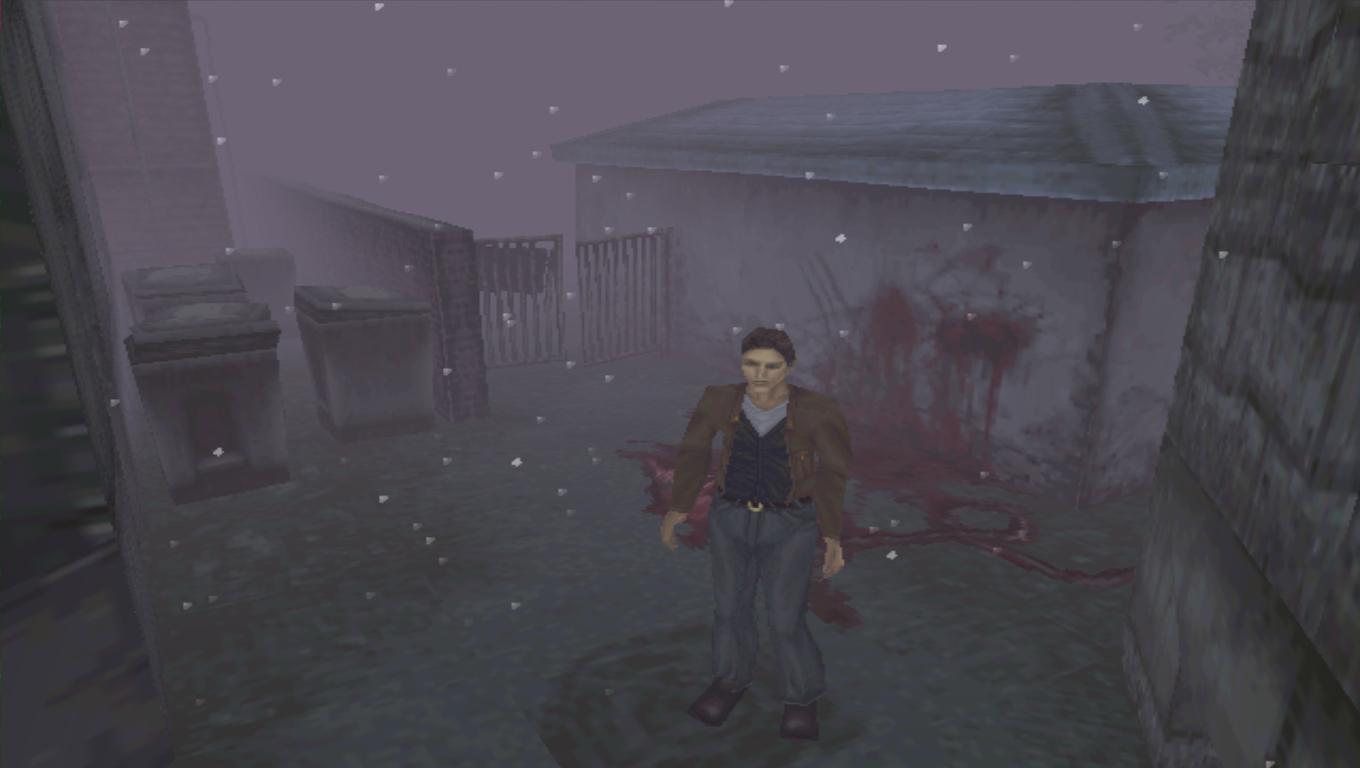I went to the following sessions;
Word Art: Using Words Creatively - This session is to get you thinking expressively and conveying meaning to a reader with a creative use of language.
How to Write When You Don’t Want to Write - This session invites discussion on the experience of trying to write when you don’t want to write when you don’t want to write. It offers practical strategies for overcoming ‘writer’s block’.
The Tools of Visual Practice and Using Them in Your Critical Writing - This session will help you use the skills from visual studies to connect to analysis in your blogs.
Confidence Building for Success - For students to share ideas on what helps (and hinders) academic confidence and to come up with ideas and actions to build confidence.
Two of these sessions helped me out greatly, which was ‘the tools of visual practice and using them in your critical writing’ and ‘writing when you don’t want to write’.
In tools of visual practice we were taught to use language to produce an literate representation of our ideas in our heads, using emotional and descriptive words to produce it. We used the game, the Last of Us as our basest for our ideas. We described the look of the sky, the ground texture, character, smell, light, ambiance, taste, temperature and emotion of our ideas. During this session one of our tutors, Mitch, choose one of our ideas and painted it via Photoshop within two hours. It’s amazing.
 |
| Asda is not Walmat in America, it’s Asda. Also I wish I could paint like this. |
Within, writing when you don’t want to write, the idea of using sticky notes with your ideas written upon them, then placed on a wall allowing you to order them to produce the framework for your post.
While the other two sessions didn’t really help me, Confidence Building for Success and Word Art: Using words creatively. With the latter, we spoke about using a thesaurus to use words we wouldn’t usually use. Back in year 9, I worked out this technique and used it frequently in my English work, allowing me to help expand my lexicon. Where as in confidence building, it didn’t address the reasons why I didn’t want to post. Reason’s such as being afraid that the things I write would come across as stupid.
Overall, I found the day useful as two of the sessions really helped me. If I went to some of the session which were more suitable for me, I probably would have learnt a lot, but I can definitely see the helpfulness of the services to others.
I want to say a thank you for everyone who was involved in the production of the day. These session which we’re kindly put on for us by the staff members of our course and the university’s library and counselling service.




